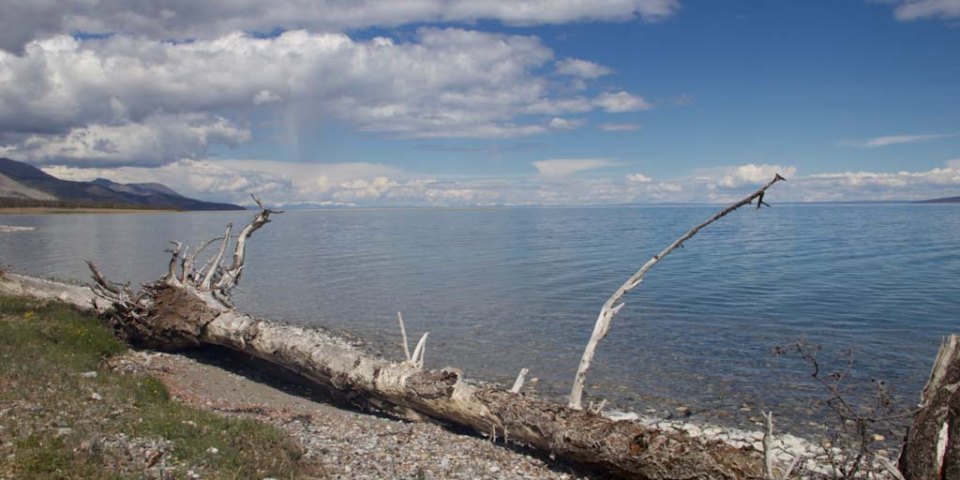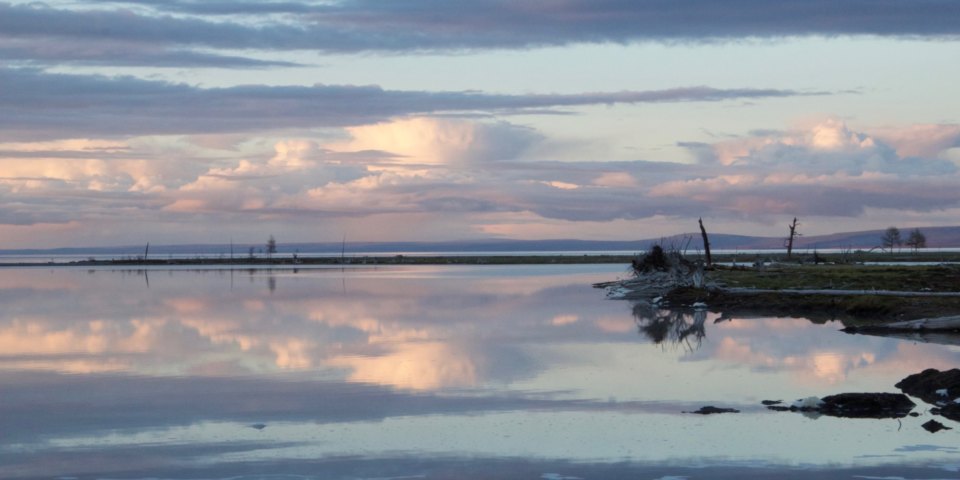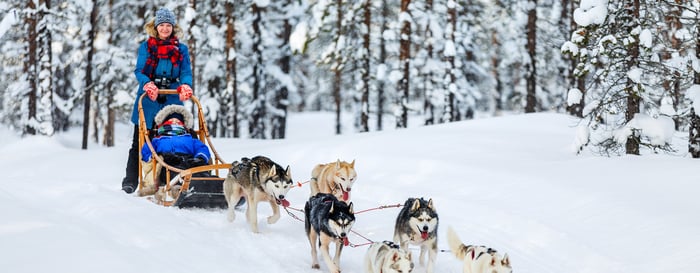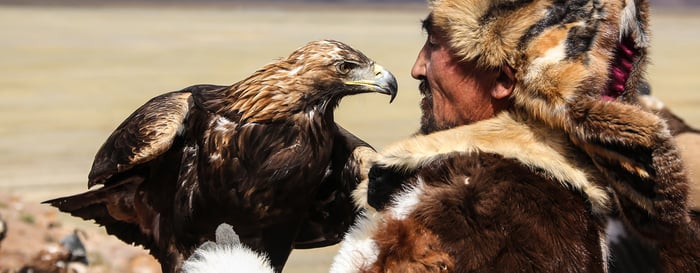There is one phrase you need to know in rural Mongolia. And it’s probably not the one you think. Pretty much every interaction on our family horseback ride through the Mongolian landscape began the same way. “I hope your livestock are fattening well,” I would say, in abysmal Mongolian.
“They are fat, they are fat,” our host would reply, beaming.
Salt milk tea, vodka or salt milk tea and vodka invariably followed, typically with biscuits, dumplings or bread with yogurt, cheese or clotted cream. For if there is one constant in Mongolia, apart from riding, wrestling, herding and dairy, it’s hospitality. And my son and I were awestruck by the hospitality we received on our journey.
Mongolia, despite emergent mineral wealth, remains a thoroughly traditional society. This is a savage climate: temperatures can run from 40ºC in summer through to -40ºC in winter, before you factor in the windchill that sweeps across the steppes. And that vicious weather has imbued Mongolians with deep hospitality: you are welcomed onto their land and into their ger, offered food, warmth and fluids, for all the world as if your life depends on it, which, at times, it may. (Salt milk tea, for what it’s worth, is the perfect rehydration fluid in hot weather and in cold.)
During summer, horseback riding in Mongolia’s sweeping, trackless countryside makes a spectacular family adventure. You’re pretty much guaranteed device-free time, due to the general shortage of both electricity and signal. You’ll be alone but for your family and your guide for much of the day and sometimes entire days and nights. And, whether you’re wild camping or staying in another family’s ger, you’ll build bonds as you cook over the open fire or Mongolian stove.
Even in high season, the landscapes around Khövsgöl Nuur lake are spectacular and empty. Sunsets and sunrises reflect in its mirrored surface, the mountains of the Russian border looming, snowcapped, ahead. Wildflowers fade from brilliant pink and gold to muted heather hues as you ascend to the chill of the taiga. Horses gallop free in herds across the plains, manes flowing; lonely gers stand proud above vast steppes; and children hustle baby lambs and goats into their pen for the evening.
It’s worth noting that Mongolian steeds are not beginner horses. You’ll hear a lot about Genghis Khan in Mongolia, especially as you ride. Far from the barbarian some envisage, Genghis was a great horseback warrior who conquered China: in Mongolia, he’s the national hero, and everything from streets to vodka bear his name. Today’s Mongolian horses are the heirs of Genghis’ cavalry, and the typical stolid beach horse or line-following trekking pony will not prepare you to ride them.
Your average Mongolian horse spends its leisure time galloping, unencumbered by saddle, bridle, rider or fences, across the steppe. It takes a passenger on sufferance alone. It will startle and rear at anything from birds to cracking ice, from thunder to being approached from the wrong side. For safety, I recommend buying (and wearing!) both good riding boots, which reduce the chances of being dragged if you fall, and a helmet. If your family doesn’t have much riding experience, have a few lessons on a horse with spirit before you go, and be prepared for younger children to share the guide’s horse.
Mongolians, who are arguably the most accomplished riders on earth, handle these temperamental, beautiful beasts with ease. I’ve witnessed several cuff a rearing horse around the head while standing in the stirrups and hauling on the reins one-handed, or wheel a galloping horse in a turning circle tighter than a moped’s. They ride western style, with a slouching elegance and iron control that’s as hard to emulate as it’s easy to admire, unencumbered by helmets, and still, often, sporting their traditional belted robes. So seriously do Mongolians take riding, in fact, that aspirant politicians will pose for publicity photos atop a galloping horse.
My son and I spent a fortnight riding through the glorious landscapes around Khövsgöl Nuur, accompanied by a guide named Baatar and a packhorse we christened Satan. I did our cooking, sometimes over an open fire that Baatar made, sometimes in a wok-style dish over the ger stove, planning our meals carefully around the next chance to stock up. Sometimes we’d buy dairy or fish from gers we passed; one memorable day we foraged slender spring onions and ate them with fresh cream cheese and new-baked bread; most of the time we ate one-pot dishes, stews and goulashes, hotpots and stroganoffs.
We learned the etiquette of the ger, where women sit on one side, men on another, the door always faces south, and possessions are typically stored in the spoke-like rafters or the walls. We learned the rhythms of Mongolian life, met a shaman and saw what’s still the most disgusting medical treatment I’ve ever witnessed: a man drinking horse dung juice mixed with vodka to cure an upset stomach. (Tempted? Don’t bother. He ended up on antibiotics anyway.)
While my time in Mongolia was brief, the memories will stay with me forever. The empty plains, the pristine lakes, the horses roaming free… I recommend you go.
Finnish Lapland For Families
- Whiz through Lapland on a snowmobile to visit a reindeer farm
- See Finland’s winter scenery from the back of a sleigh and meet excited husky dogs
- Try ice-karting and make friends with some Finnish polar bears
- Stay in a cosy glass igloo offering potential views of the Northern Lights
- Get the chance to meet Father Christmas and his cheeky elves!
Gobi Desert Explorer
Gobi Desert & Southern Mongolia Ulaanbaatar & Central Heartland Mongolia Asia
- Stay in traditional ger camps in the Mongolian desert
- Experience the Khongoryn Els - spectacular dunes known as the Singing Sands
- Enjoy a camel trek through the stunning Gurvansaikhan National Park
- Wander around the eerie landscape of the Flaming Cliffs at Bayanzag
- Climb to the top of Chinggis Khan equestrian monument for unbeatable views
Mongolia’s Eagle Hunting Festival
Ulaanbaatar & Central Heartland
- Living alongside a nomadic eagle hunting family and learning about their age-old traditions and ways of life
- Attending the annual Ulgii Eagle Hunting Festival and getting caught up in the excitement of this event which locals spend their lives training for
- Experiencing a less mainstream part of the country and really getting off the beaten track












